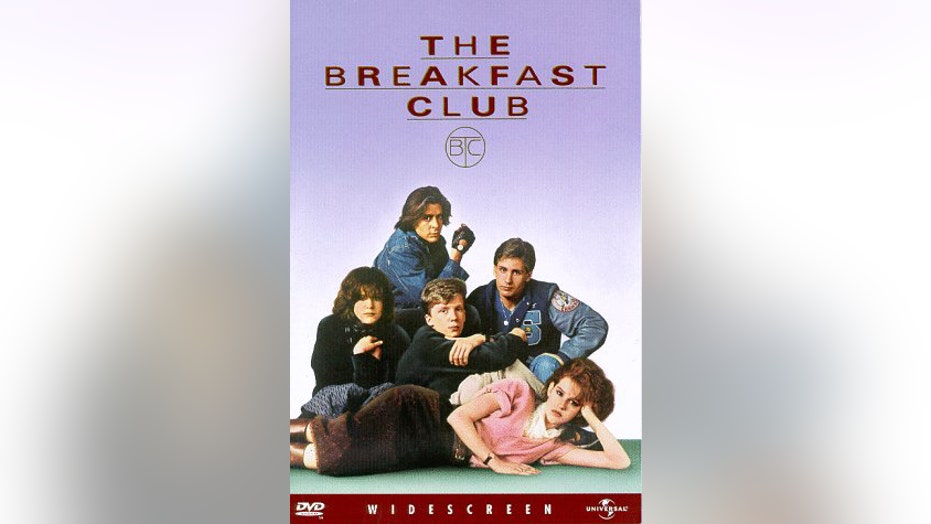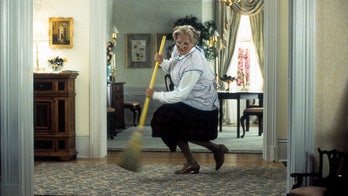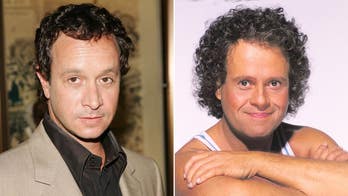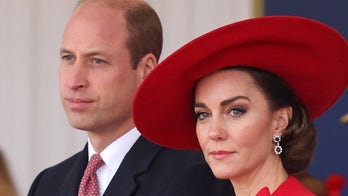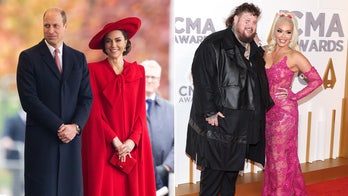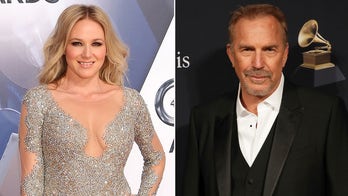In the 1980s, writer/director John Hughes and the affectionately named “Brat Pack” -- think Rob Lowe, Judd Nelson, Matthew Broderick, Molly Ringwald, John Cusack and Ally Sheedy -- showed intelligent movies could be made for the teen market. They also proved young Americans were interested in a full range of characters, be they prom queens, preppies, burnouts or buds.
From “Pretty in Pink” to the "The Breakfast Club" to "Ferris Bueller's Day Off," the brat pack made millions of teens laugh and cry.
At least that's what Susanna Gora writes in her new book, "You Couldn't Ignore Me If You Tried: The Brat Pack, John Hughes and Their Impact on a Generation."
“’Breakfast Club’ really changed my life and I couldn’t believe a filmmaker, John Hughes, had taken the time to make a film that so accurately portrayed what it felt like to be a teenager. These films really affected how we think about the world, love, friendship, you name it,” Gora told FOX411’s Pop Tarts. “You learn to be a generally optimistic person, and if you are true to yourself and a kind person than just maybe all your dreams will come true."
Gora said teen movies today don't compare to those of the Hughes era.
“So much of the youth entertainment today does lack that heart, and does lack that authenticity because it has become so commercial and such a big business. A lot of the stories for teens today are watered down. In the 80’s, these films were pretty raw and dealt with some serious stuff,” she continued. “’Fast Times at Ridgemont High’ has characters struggling over whether to get an abortion or not, and I always got the feeling watching Molly Ringwald in ‘Pretty in Pink’ that her after-school job is what helped keep food on the table. They were realistic when it came to the hard aspects of being teen, and also the wonderful aspects like falling in love.”
Yet while these coming-of-age Brat Pack’films grappled with some very confronting themes, according to Gora, they did so without the need for the overt sexualization so heavily woven into today’s teen-related storylines.
“It was all relatively innocent. For the most part the most any John Hughes characters do is kiss and sometimes they don’t even kiss, they just talk about kissing,” Gora marveled. “There is a real tenderness and sweetness to that, but it was certainly a more innocent time as to what was portrayed on screen and with teenagers.”
But Gora said the Hughes classic “Pretty in Pink” almost turned out very differently. In interviewing Ringwald for the book, Gora learned that at the time Paramount Studios were pushing for “Flashdance” sensation Jennifer Beals to take the leading role, but when Molly Ringwald finally won the role of “Andie,” she urged the executives to hire Robert Downey Jr. (as opposed to Cryer) to play her love interest.
“Paramount was pretty seriously considering Jennifer Beals, she was so hot at that moment. But it would have been weird to have Jennifer in that role because she was such a sexy character in ‘Flashdance’ and she was a sexy, grown-up woman and not really a teen girl,” Gora explained. “And when Molly’s character was originally going to end up with Duckie, she could see it working out if Duckie was played by someone like Robert Downey Jr., she was pushing for them to hire him for that role but they went with Jon Cryer. He was wonderful in that role, but it really did change the chemistry. The chemistry between them on-screen feels more like a friendly relationship rather than a romantic one.”
Casting trivia aside, Gora said that these films could help young people now realize the potential of the American Dream and to accept who they are as individuals.
“There is just so much to learn in these films about the adolescent experience, these films are really modern classics. The fashion and music of these movies are very 80’s but the themes are timeless – individuality vs. conformity, fitting in, questions of what kind of a person one will grow up to be,” she said. “I think there is a very big place for these films to be in schools and for all young people to go and watch them again.”
